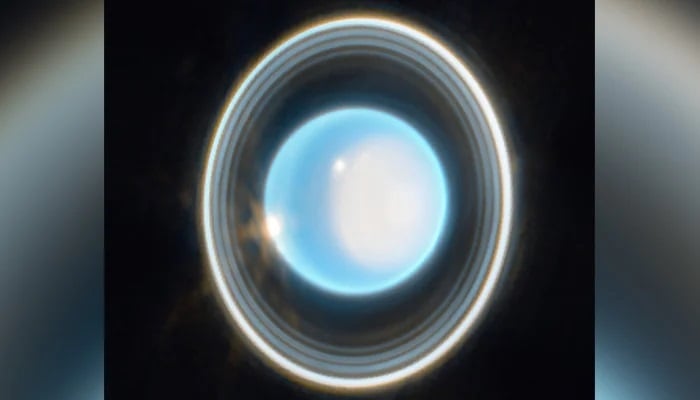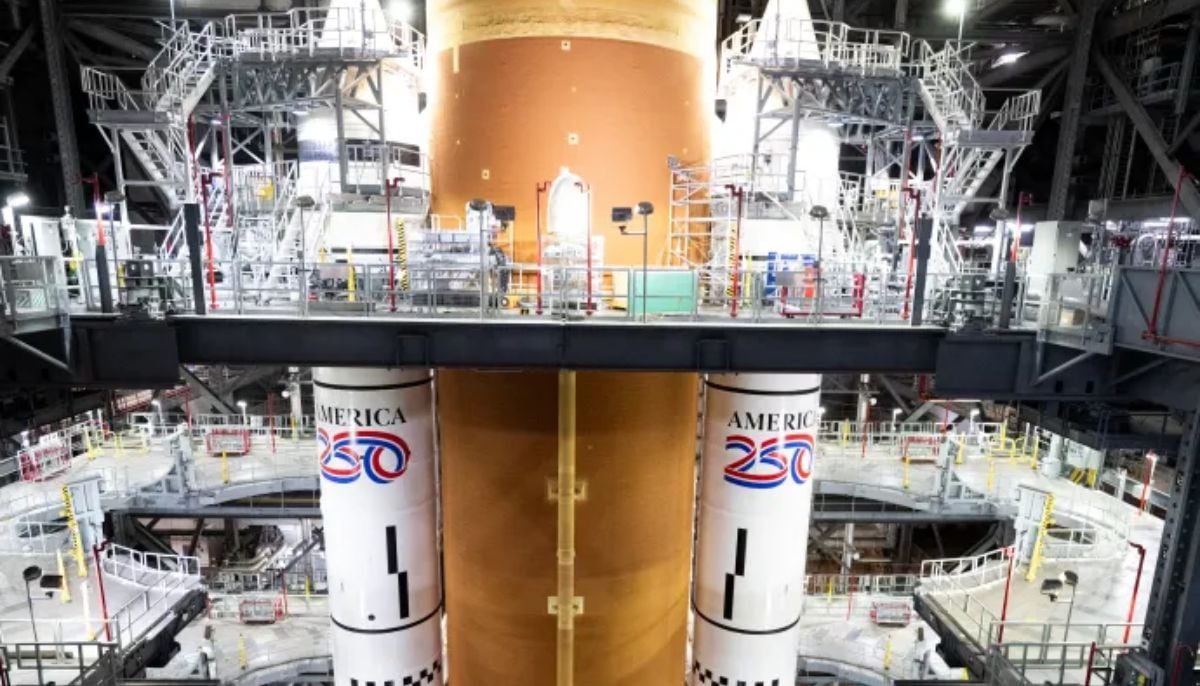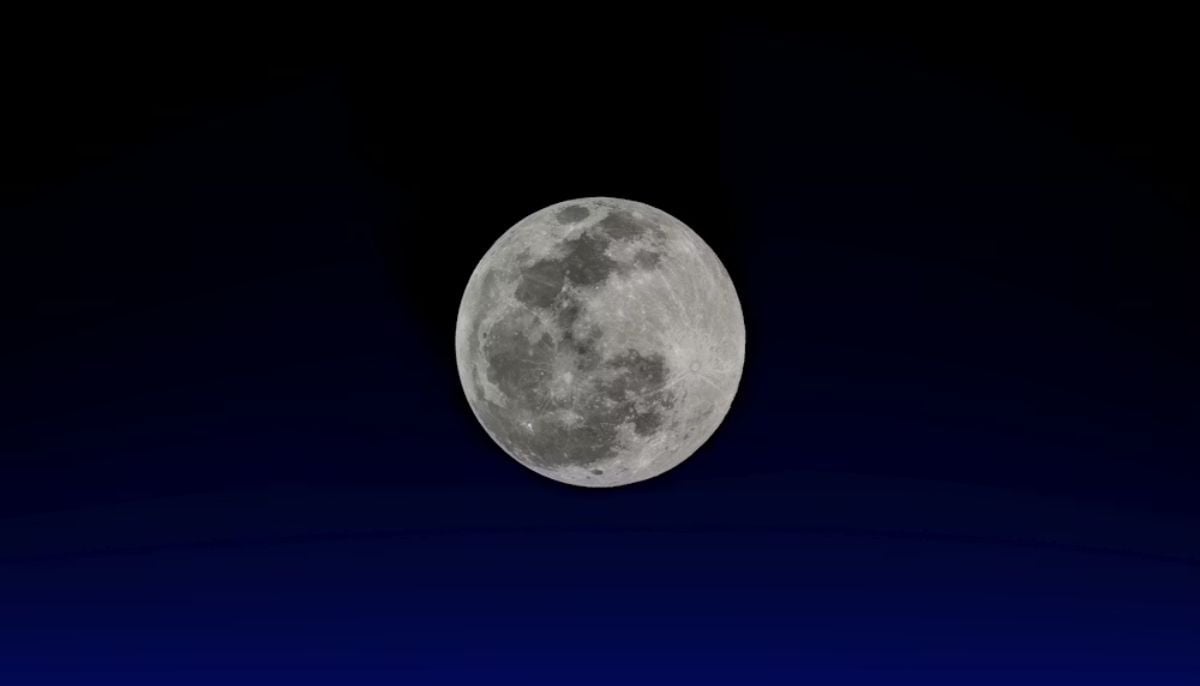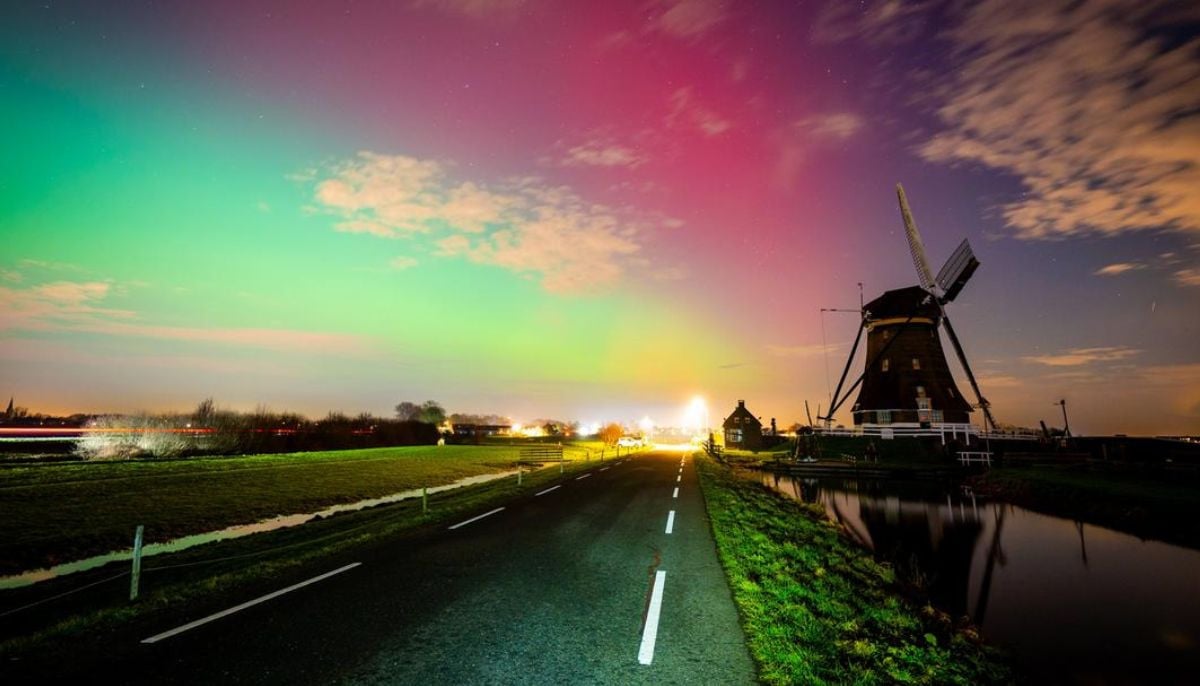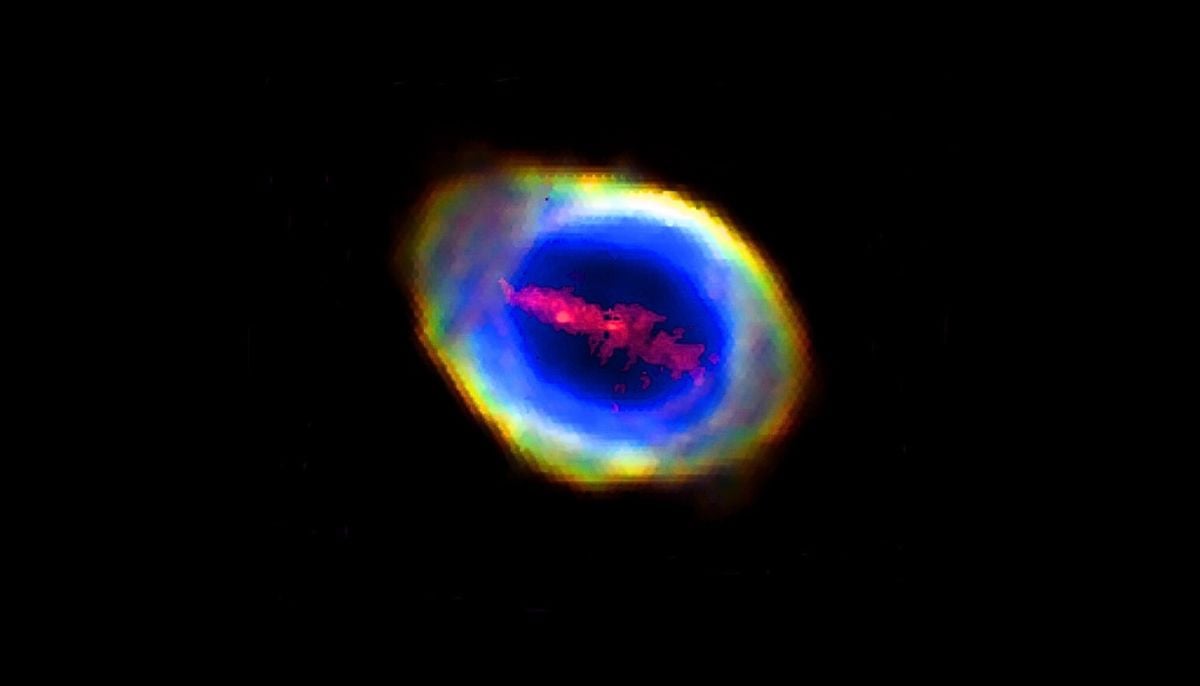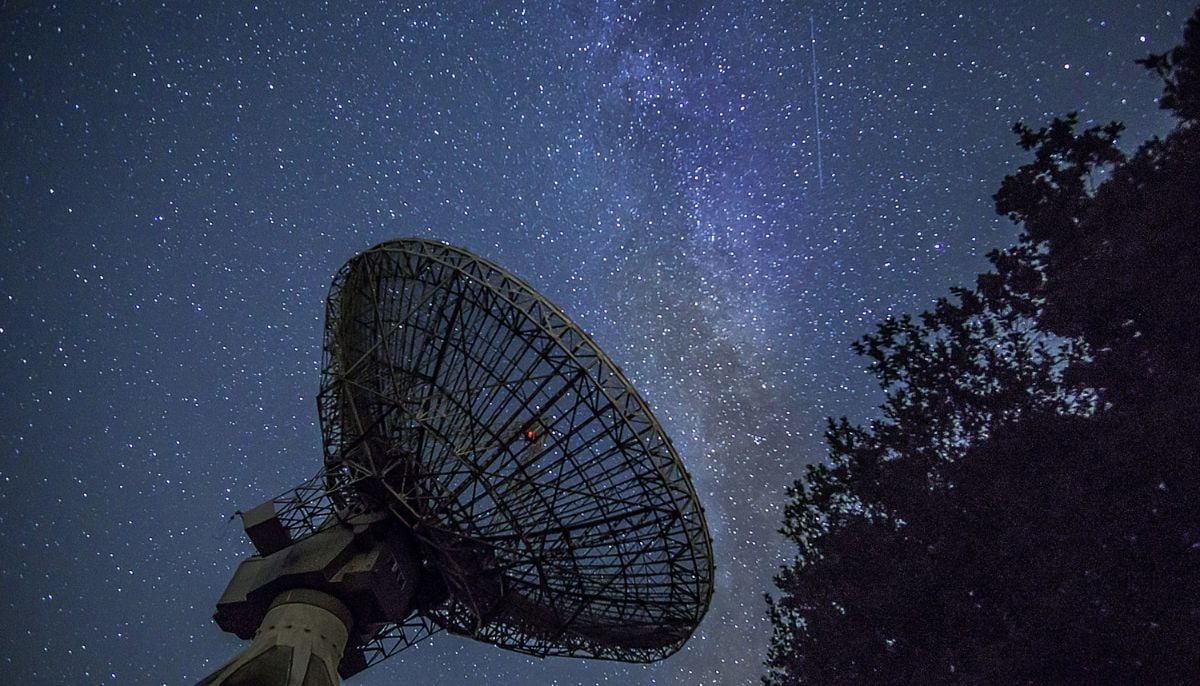Watch JWST images of Uranus rings that stunned stargazers
Uranus rings were never seen before by a probe or any other device until the James Webb Space Telescope showed its power
While scouting remote depths of outer space, the James Webb Space Telescope (JWST) caught Uranus clean putting up the best show of its stunning ring system, its luminous moons and its mercurial atmosphere. Uranus rings were never seen before by a probe or any other device, Space.com reported.
The JWST also recently captured some spectacular pictures of Neptune, another ice giant in the solar system.
The new stills feature eleven of the planet's 13 spectacular rings. It must be noted that owing to too much brightness, some of the Uranus rings seem to be merging into each other. However, the JWST's sharp Near Infrared Camera (NIRCam) instrument even succeeded in clicking Uranus’ two innermost ' dusty rings, to the amazement of the astronomers.
According to Space.com, previously the sole images of these faint rings were taken by the Voyager 2 spacecraft in 1986, and more recently through the superior adaptive optics of the Keck Observatory.
When Voyager 2 took Uranus pictures while flying by it back in the day, all it saw was a little more than an inert blue marble spinning in space, but this new James Webb Space Telescope photo brings the planet’s atmosphere to life that is bustling with activity.
The JWST image was processed by fusing data from two filters, which can be considered as the blue colouration and orange highlights, respectively, Space.com said adding, the representative-colour photograph suggests the dense icy fluid of water, methane, and ammonia above a small rocky core that includes Uranus, which appears like a mild blue snowball.
According to a NASA report, on the right side of the planet, there’s an area of brightening at the pole facing the Sun, known as a polar cap.
"This polar cap is unique to Uranus – it seems to appear when the pole enters direct sunlight in the summer and vanishes in the fall; these Webb data will help scientists understand the currently mysterious mechanism," the report said.
"Webb revealed a surprising aspect of the polar cap: a subtly enhanced brightening at the centre of the cap," according to a report published on the website of NASA."
The James Webb Space Telescope is the world's premier space science observatory. Webb will solve mysteries in our solar system, look beyond to distant worlds around other stars, and probe the mysterious structures and origins of our universe and our place in it.
Webb is an international programme led by NASA with its partners, ESA (European Space Agency) and the Canadian Space Agency.
-
Startup aims to brighten night skies with space mirrors
-
'Harry Potter' star Brendan Gleeson reluctantly addresses JK Rowling's trans views
-
Bamboo: World’s next sustainable ‘superfood’ hiding in plain sight
-
NASA Artemis II rocket heads to the launch pad for a historic crewed mission to the Moon
-
Blood Moon: When and where to watch in 2026
-
Elon Musk’s Starlink rival Eutelsat partners with MaiaSpace for satellite launches
-
Blue Moon 2026: Everything you need to know
-
Scientists unravel mystery of James Webb’s ‘little red dots’ in deep space
